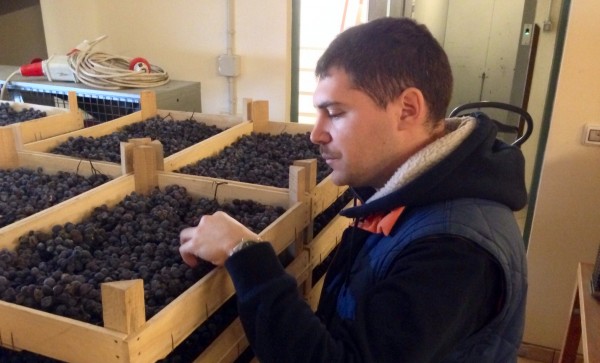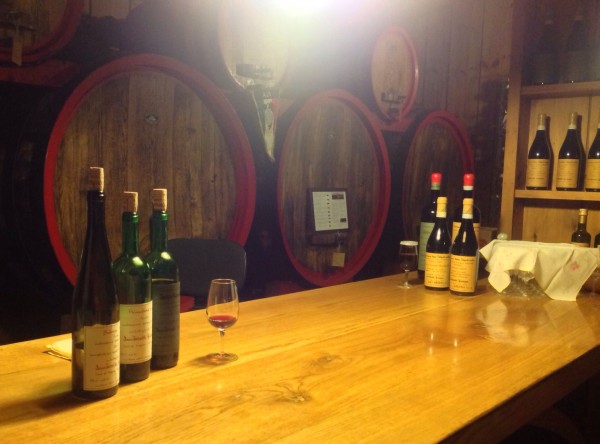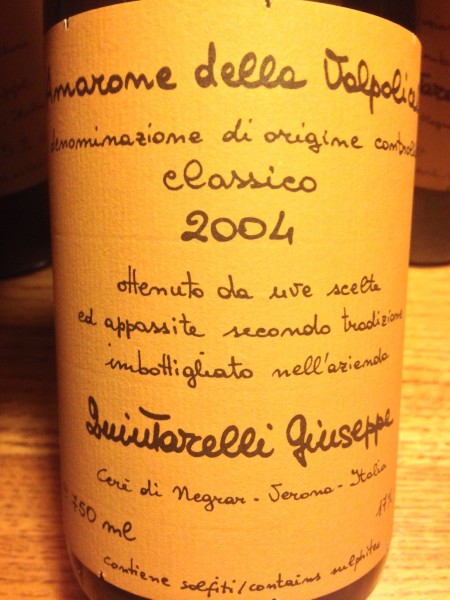Quintarelli: the legend lives on
Posted on 16 February 2014
If there is one name in Amarone that enjoys cult status in the world of wine and beyond, it’s Giuseppe Quintarelli. Although the great man passed away two years ago, a visit to the estate showed the legend lives on.
Quintarelli was one of the first great wines of Italy I tasted and understood. Coming to Verona for the Vinitaly wine fair in 2002, I made a pilgrimage to meet the legend of Amarone, hitchhiking to the village of Negrar and then taking the final 2-mile uphill approach on foot. After all, great wine requires great dedication. That was certainly the lesson from Giuseppe Quintarelli as he introduced his philosophy and wines.
Interestingly, Quintarelli never elaborated much on winemaking technique. In an era when Amarone as a way of making wine (drying the grapes for over three months on special mats or boxes) has pretty much eclipsed Valpolicella as a territory, and the major topic in conversations with vintners is winemaking technique, Quintarelli was surprisingly reserved on these matters. There was a bit of dried grapes here, some ripasso there, he uttered; this wine has a bit of Cabernet while that has a touch of the unique Saorin grape. But that was it; a technical sheet seemed improbable.
Quintarelli, on the whole, spoke very little. He let the wines speak, instead, which seemed appopriate given their staggering concentration, intensity, and length. In fact, my memories of meeting Quintarelli mostly consist of sitting in the silent “tasting room” and being poured Verona’s top drops into a tiny ISO glass that had gone out of use everywhere else (apart from Bordeaux).
Those memories were revived when I visited last month. Giuseppe Quintarelli is no more, but palpably, his soft-spoken Italian still resonates in the room, intermittently with long silence peppered with that unforgettable Buddha-like smile. As Francesco Grigoli, the great man’s grandson, poured the wines for me, his silence tuned to the same C major key. And in a way that is at the same time moving and cruel, the vintages that are on show today were still made by Giuseppe: Valpolicella 2005, Amarone 2004, Rosso del Bepi 2002. The latter, “Joe’s Red”, is the declassified version of Amarone when the vintage is deemed not quite up to par. It is made from Amarone grapes and starts its life as an Amarone, and only four or five years down the road, there might be that in-house tasting assessment after which the economically difficult decision is made. Great wine requires dedication, after all, and dedication is sacrifice. Over the years I’ve found Rosso del Bepi often to be the most impressive wine in the lineup here, and this time was no exception: adding a touch of crucial freshness and drinkability to the fabric-thick layers of raisined, pruney fruits.
Formerly tasting at Quintarelli was often from bottles open for weeks, pushing some critics to lament on the oxidation here and volatile acidity there. Now under the watchful eye of Francesco, there seemed to me a bit more vibrancy and immediacy in those samples but essentially the power and concentration of flavours remain unchanged. Quintarelli wines are still the unmatched benchmark for Amarone.
Disclosure: my trip to Valpolicella including flights and accommodation was sponsored by the Consorzio Tutela Vino Valpolicella.





